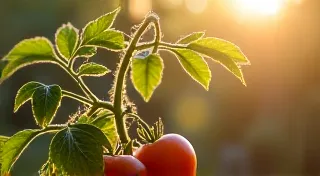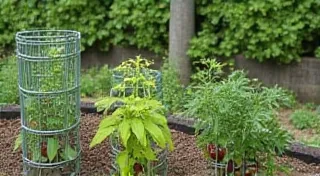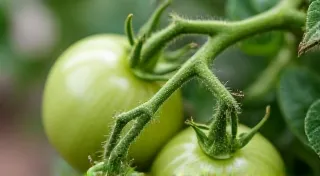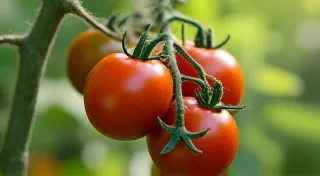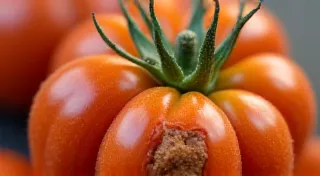San Marzano Tomatoes: The Northeast's Pasta Perfection
The San Marzano tomato is practically synonymous with Italian cuisine, and for good reason. Its rich, sweet flavor and meaty texture make it the gold standard for sauces, pastes, and canning. While originating in Italy, the San Marzano has found a dedicated following in the Northeast, where careful cultivation can yield incredible results. This guide will provide a detailed look at growing San Marzano tomatoes specifically tailored to the Northeast’s unique climate and conditions.
Understanding the San Marzano Tomato
The San Marzano tomato is a plum tomato known for its elongated shape, relatively few seeds, and dense, meaty flesh. They are technically an heirloom variety, passed down through generations of Italian farmers. Compared to many modern tomatoes, San Marzanos have a lower water content, leading to a more intense flavor when cooked.
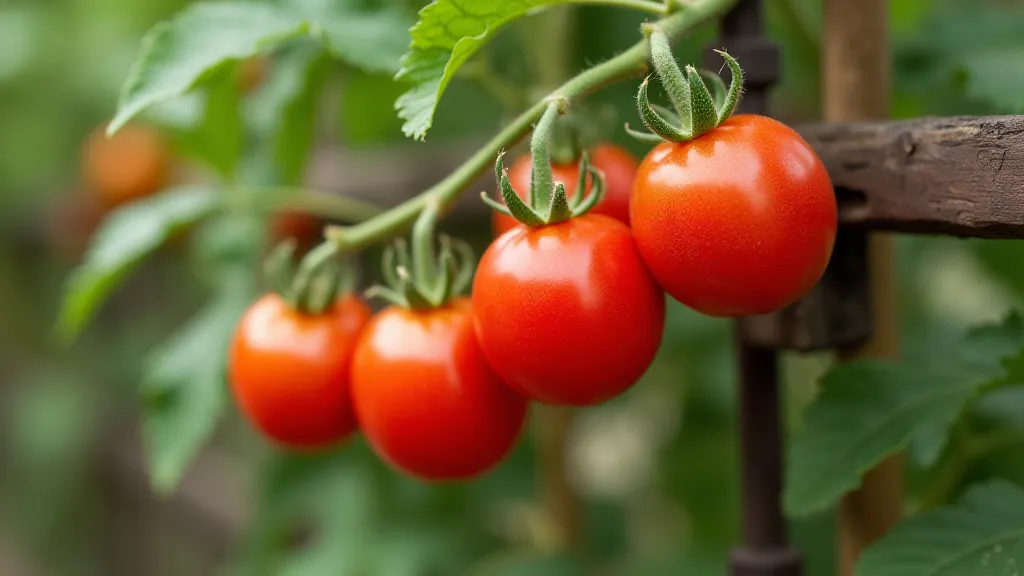
Climate Considerations for Northeast Growing
The Northeast presents a mixed bag for tomato growing. We deal with relatively short growing seasons, cool springs, and often unpredictable weather. San Marzanos, requiring a longer growing period (around 85-100 days to maturity), need extra care. Starting seeds indoors 6-8 weeks before the last expected frost is *essential* in most parts of the Northeast.
Getting Started: Soil and Planting
San Marzanos thrive in well-drained, fertile soil with a pH between 6.0 and 6.8. Prior to planting, amend your soil generously with compost and well-rotted manure. This improves drainage, aeration, and provides essential nutrients.
- Starting Seeds: Use a seed starting mix and provide plenty of light (grow lights are highly recommended). Keep the soil consistently moist but not soggy.
- Hardening Off: Gradually acclimate seedlings to outdoor conditions over a week before transplanting.
- Transplanting: Wait until the danger of frost has passed. Space plants 24-36 inches apart.
Care and Maintenance: Northeast Specific Tips
Beyond the basics, Northeast gardeners need to address specific challenges:
- Early Season Protection: Use row covers or cloches during cool spring nights to protect young plants.
- Sunlight: San Marzanos require at least 6-8 hours of sunlight per day. Choose a location that maximizes sun exposure, especially crucial in areas with shorter days.
- Watering: Consistent watering is key, especially during fruit development. Avoid overhead watering to minimize disease.
- Fertilizing: Feed regularly with a balanced tomato fertilizer, following package instructions.
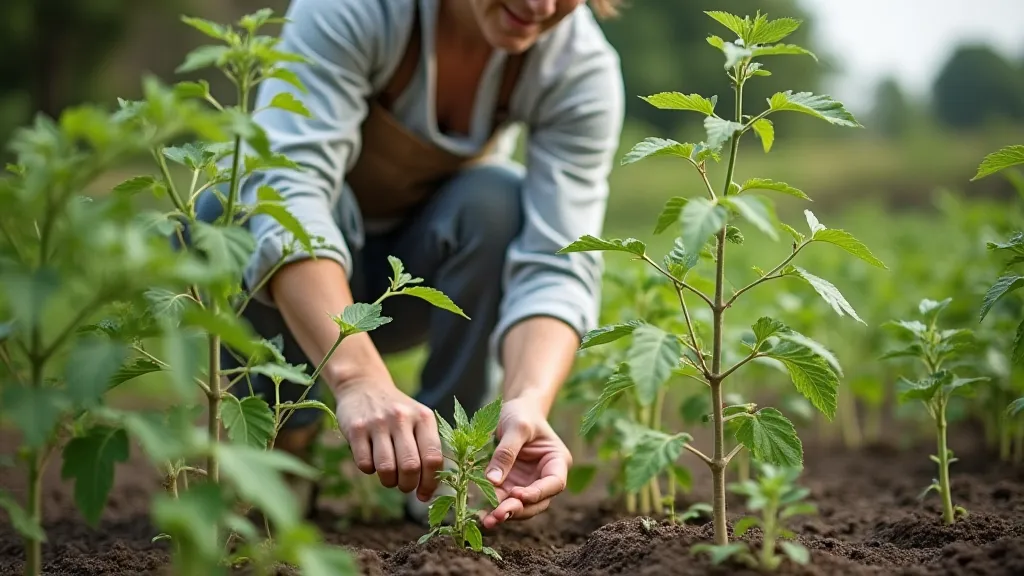
Pest and Disease Prevention
The Northeast’s humidity creates a breeding ground for pests and diseases. Here's how to stay ahead of the game:
- Blossom End Rot: Caused by calcium deficiency, often due to inconsistent watering. Ensure consistent moisture and consider adding calcium to the soil.
- Early Blight & Septoria Leaf Spot: Preventative measures are key. Ensure good air circulation, avoid overhead watering, and consider applying a copper fungicide.
- Tomato Hornworms: Handpick these pests when you see them.
- Aphids: Use insecticidal soap if aphids become a problem.
Harvesting and Beyond
San Marzano tomatoes are ready to harvest when they are a deep red and slightly soft to the touch. They are perfect for making your own sauces, pastes, or canning whole tomatoes. The rich, intense flavor will elevate any Italian dish.
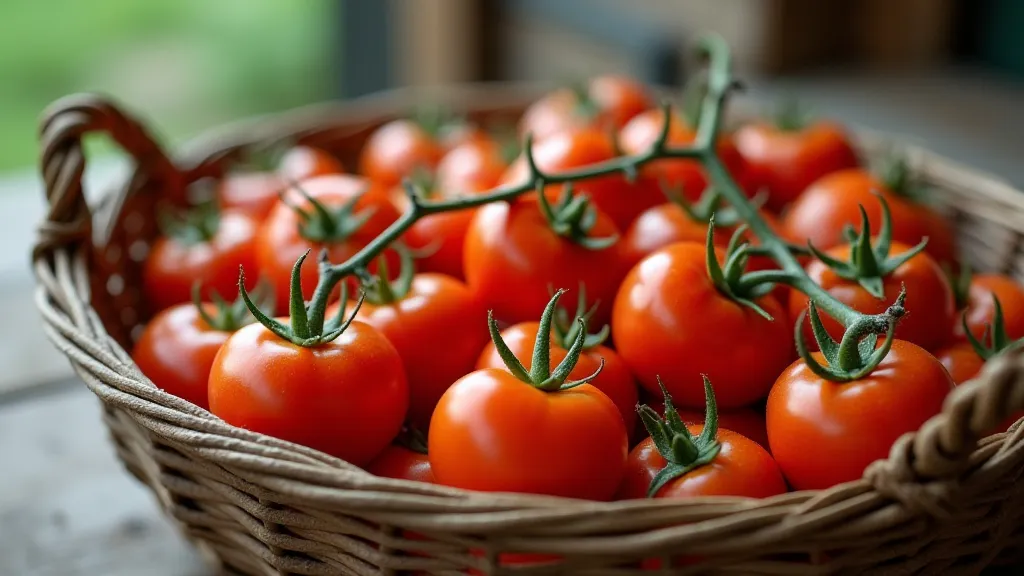
Conclusion
Growing San Marzano tomatoes in the Northeast requires a little extra care, but the reward – delicious, flavorful tomatoes perfect for sauces and canning – is well worth the effort. By understanding the specific challenges and following these tips, you can enjoy a bountiful harvest of these Italian culinary treasures right in your own backyard.
